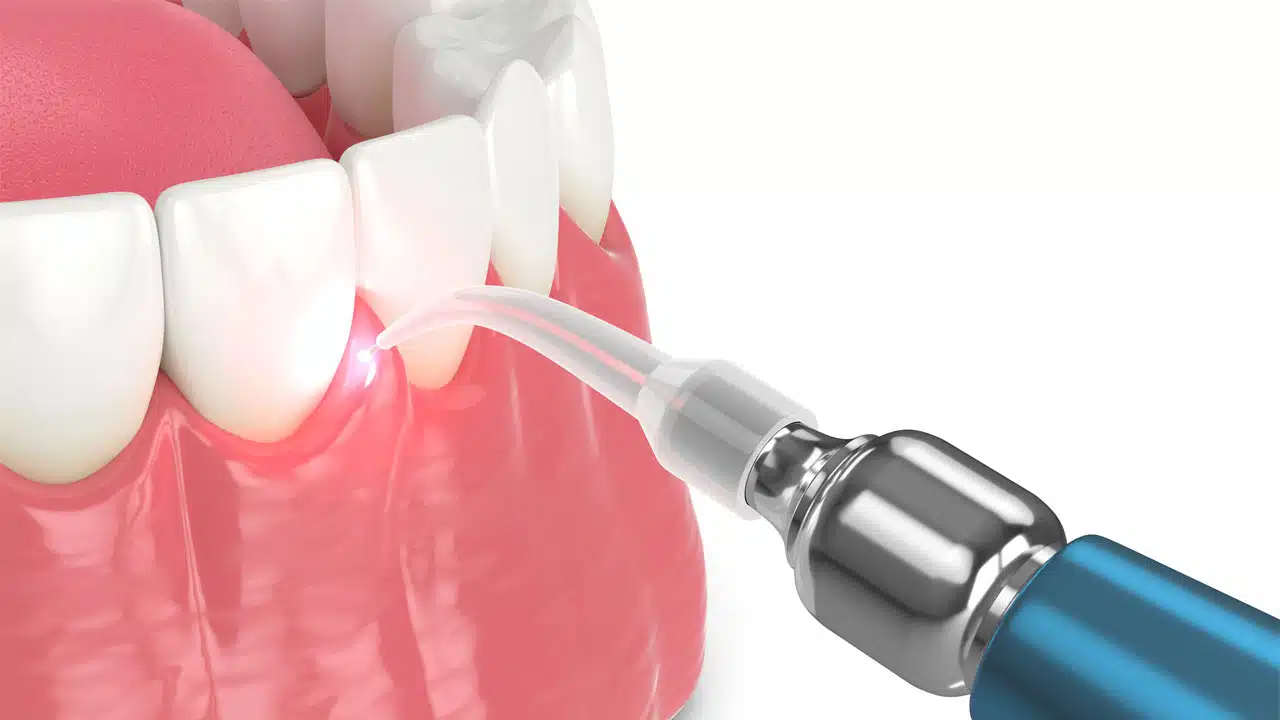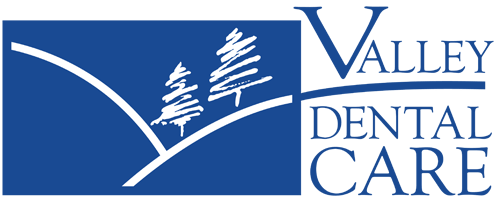
Laser dentistry has transformed oral care, offering a less invasive alternative to traditional dental procedures. The light energy of lasers provides improved precision, reduced discomfort, and quicker recovery times.
While it might sound futuristic, the technology has been in use since the 1960s, and it’s now a reality in many dental offices, with around 4,500 dental laser systems in use across the U.S. But what exactly is laser dentistry, and how does it work?
Understanding Laser Dentistry: The Basics
Laser is an acronym for “Light Amplification by Stimulated Emission of Radiation.” Lasers can be powerful and slice through hard materials like diamonds and thick metals, but they can also be gentle enough to shape and trim soft tissues carefully.
Laser tools produce a tight, focused stream of light energy for precise and controlled use. In dentistry, this focused beam can cut or vaporize tissue, seal blood vessels, and even activate bleaching agents for teeth whitening.
Types of Dental Lasers: Hard and Soft Tissue Lasers
Dental lasers can be used for various dental procedures, from periodontics to endodontics. They are broadly categorized into hard and soft tissue lasers.
- Hard tissue lasers are primarily used for teeth or bone procedures, such as cavity removal or tooth reshaping.
- Soft tissue lasers are used for procedures involving the gums and other soft tissues in the mouth.
Dental Procedures Using Lasers
Several dental procedures are getting high-tech upgrades. From detecting cavities to reshaping gums for a beautiful smile, lasers help improve smiles.
- Tooth decay treatment: Lasers can remove decay within a tooth and prepare the surrounding enamel for a filling.
- Gum disease treatment: Lasers are used to reshape gums and remove bacteria during root canal procedures.
- Teeth whitening: Lasers can speed up the in-office teeth whitening process by enhancing the bleaching agent’s effect on the tooth surface.
- Biopsy or tissue removal: Lasers can be used to remove a small piece of tissue (called a biopsy) to examine it for cancer. Lasers can also remove mouth lesions and relieve canker sore pain.
- Reshaping gums: Lasers can reshape the gum tissue and improve the smile’s appearance.
- Frenectomy: For children or adults with speech impediments due to a tight frenulum (the skin connecting the bottom of the tongue to the floor of the mouth), a laser frenectomy can help alleviate this issue.
- Cavity detection: Lasers can detect cavities by identifying changes in enamel that might suggest cavity formation.
- Crown lengthening: Lasers can reshape gum and bone tissue to expose healthier, more solid tooth structure (a process known as crown lengthening) to support a restoration or dental crown.
- Removing overgrown tissues: Sometimes, tissues in the mouth overgrow due to certain medications or conditions; lasers can help remove these overgrown tissues safely and effectively.
- Temporomandibular joint treatment: Lasers reduce pain and inflammation in certain TMJ disorders.
The Benefits of Laser Dentistry
While lasers can’t be used in every dental procedure, they have made treatment easier and more painless. There are numerous benefits associated with laser dentistry, including:
- Reduced pain and discomfort: Laser procedures are highly precise and require less anesthesia. Patients generally experience less post-operative pain than traditional methods, making the healing process more comfortable.
- Quicker recovery: The sterilizing effect of dental lasers offers a dual benefit: it reduces the risk of post-operative infection and accelerates the healing process. The laser’s precision minimizes damage to surrounding tissues, allowing quicker recovery times and enhanced patient comfort.
- High precision: The focused light beam enables dentists to work with extreme accuracy, targeting only the affected areas. This protects healthy tissue from unnecessary damage, leading to better outcomes and quicker healing.
- Reduced bleeding: The laser beam’s coagulating effect helps seal off blood vessels during the procedure. This results in less bleeding compared to traditional surgical methods.
Experience Laser Dentistry with Valley Dental Care
If you’re ready for faster, more efficient dentistry, choose laser dental treatments at Valley Dental Care. Our dental professionals are experienced in the latest laser dentistry techniques, ensuring you receive high-quality care.
Contact our offices in Aurora at (630) 892-2193 or Oswego at (630) 551-7000 to schedule your appointment and learn how laser dentistry can enhance your dental experience.

